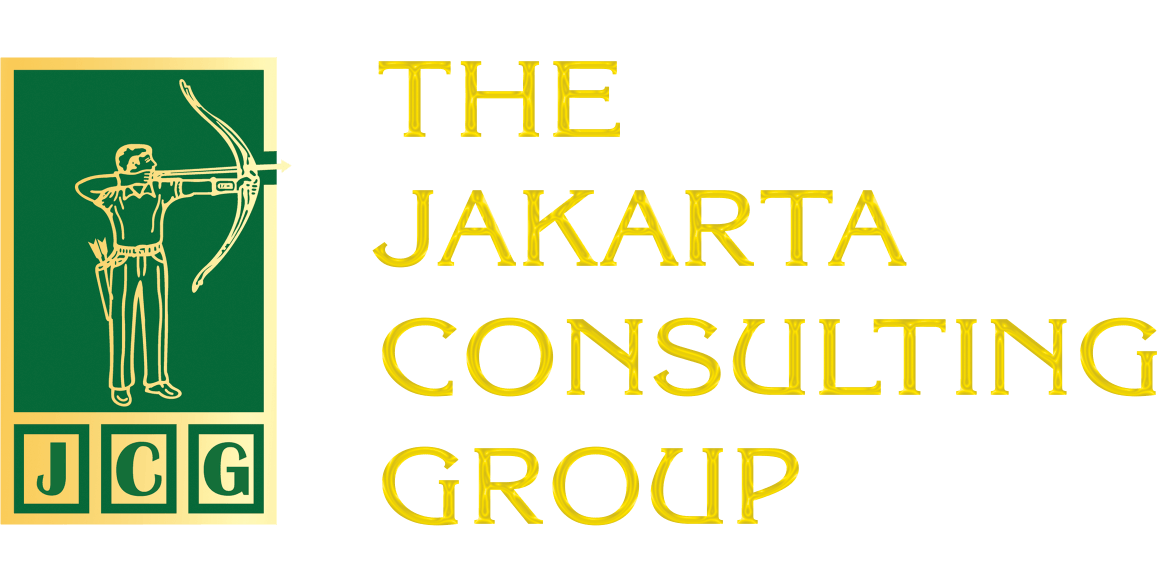In the wave of modern organizational culture transformation, many companies are moving away from traditional hierarchical structures towards a flatter and loose system. The goal is noble: to open up space for creativity, speed up decision-making, and build an inclusive and autonomous work culture.
Behind these good intentions, however, lies a risk that is often overlooked – when organizations become too flat and too loose, chaos can replace order, and freedom breeds confusion. Is this a natural consequence of cultural transformation? Or a sign that the organization’s direction is losing its grip?
Organizational Culture Transformation: From Control to Collaboration
Culture change usually starts with anxiety: rigid structures, stifling bureaucracy, overly centralized leadership, and a lack of space to experiment and innovate. In response, many companies are adopting a more open system of working – layers of management are trimmed, decision-making authority is dispersed, and employees are given more trust.
Flat structures are often seen as a form of democratization in the workplace. The organizational culture becomes more fluid and collaborative. However, when hierarchies are too minimal and responsibilities are unclear, employees can get lost in confusion: Who has the authority to make decisions? Who should be held accountable? In fact, what exactly are the company’s top priorities?
When Flat Structures Lead to Problems

A flat organizational structure is neutral. That is, it can be good, or bad, depending on the circumstances. Companies like Spotify or Valve have successfully implemented this model to empower team autonomy. However, in many cases-especially in companies that are just undergoing transformation-too drastic a change is often not supported by cultural readiness and organizational skills.
An organizational structure that is too flat and too loose is bad for the organization. Without a clear hierarchy, many roles become overlapping or even poorly defined. This also affects organizational culture, as it can lead to blame-shifting or misaligned initiatives between teams.
The next adverse impact relates to accountability. In a system that is too loose, accountability becomes a serious problem. Who should be responsible when projects fail? Who has the right to give direction when needed?
When everyone has voting rights and unfiltered access to information, the decision-making process becomes slow and laborious. Too many discussions drag on, but very few decisions are actually made.
GitHub and Its Overly “Flat” Culture
In an effort to avoid authoritarian leadership styles, a leadership vacuum often arises. Leaders are too focused on “serving” that they forget to provide firm direction. As a result, the organization loses focus, purpose, and direction. In the long run, this can also weaken the culture of the organization, as teams become confused about who is in charge and what values are actually shared.
GitHub (Before Microsoft Acquisition) can be an example of how a flat and unmanageable organizational structure has a negative impact. GitHub is a developer platform that allows developers to create, store, manage and share their code.
They were once known as a company that implemented a very flat organizational structure with a very flexible work culture. There, employees are free to choose projects according to their interests, and one’s contribution is judged based on reputation in the internal community, rather than formal titles.
An overly lax organizational culture eventually led to serious problems, including internal harassment cases that were not handled effectively due to the lack of a formal authority structure and clear human resources (HR) procedures. Organizations also realize that “unfettered freedom” must not neglect responsibility.
Without a clear accountability system and adequate safeguards, this culture of freedom can be a fertile ground for conflict and informal abuse of power.
Too “Free” Culture without Direction

A loose organizational culture is often perceived as a form of trust: employees can decide how to work, work hours are flexible, and even work goals can be adjusted. However, without firm boundaries and shared values, this freedom can lead to confusion.
In organizations that are too loose, several problems often arise.
- Reduced engagement. Instead of being more productive, some employees feel alienated due to lack of direction and feedback from superiors.
- Priorities become unclear. All initiatives are considered important, but nothing is really prioritized, so the focus of work becomes unclear.
- If rules are not enforced, everyone may create their own standards. As a result, collaboration between teams becomes difficult.
Key Takeaway: Organizational Culture Flexibility with Clear Boundaries
Transforming organizational culture does not mean eliminating all existing rules. Instead, organizations must be able to balance flexibility and structure, between freedom and responsibility, and between autonomy and accountability.
How do you strike that balance? With clear messages and expectations; flexible but firm leadership, and shared values that guide. Even in a flatter structure, each team member should understand their responsibilities, who they report to, and how success is measured.
Leaders still play an important role. However, it is not to control, but to direct, align visions, and ensure strategic decisions are taken consistently. When rules are made more flexible, company values and work culture must be strengthened. This is what limits the freedom to work.
#organizationaltransformation #culturaltransformation #flatstructure #hierarchy #autonomy #accountability #leadershipstyle #GitHub #looseorganizationalculture #flexibility #leadership
Related Posts:
Five Essential Funds vs. Paylater: Financial Management Strategies that Impact Engagement and Wellbeing
Toxic Positivity in the Workplace: When Excessive Work Motivation Backfires
Understanding the Phenomena of Job Hugging & Job Hopping in the World of Work in 2025
When Google’s Business Domination is on the Line
Local vs Global Business Ethics: Management Challenges in Multinational Corporations










